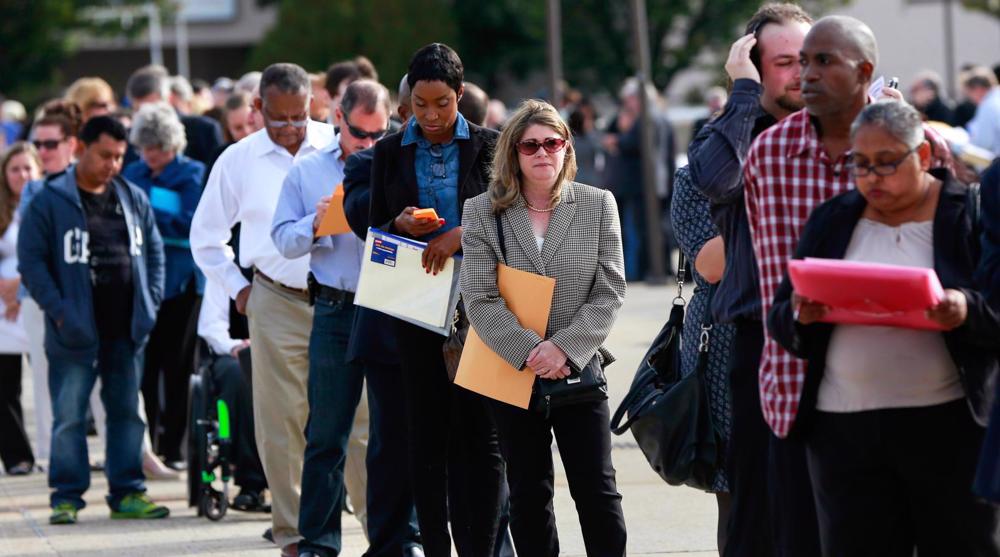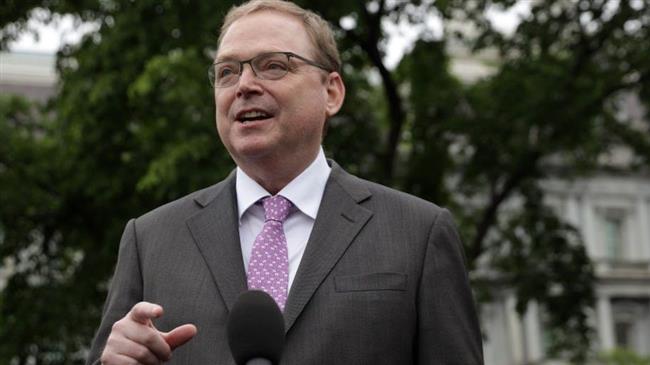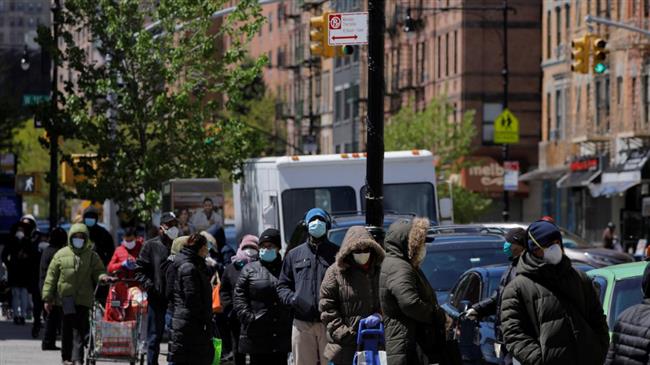Full employment in US ‘still 18 months away’, requires creation of 7 million jobs: Study
The jobs market in the United States, hit hard by the coronavirus pandemic, is likely to remain on weak footing until late 2022, according to a new study.
Fitch Ratings, a leading American credit rating agency, in a newly released report has painted a grim picture of jobs market in the US, the worst-affected country from the virus.
The report says return to full employment in the US is “still 18 months away” and “will require the creation of a further seven million jobs” amid widespread discontent among the American youth.
Labour-market slack, the report underlines, will limit upward pressures on wage inflation.
United States, which has recorded almost 34 million cases of the virus beside over 607 thousand deaths so far, continues to top the global chart of the pandemic.
The virus has virtually paralyzed the economy of the world’s biggest economic power, disrupting nearly every aspect of life. The labor market has borne the worst brunt.
Since last April, when the first wave of coronavirus gripped the country, jobs market has been hit hard and the recovery in employment has lagged output. The massive jolt to labour-driven leisure and transport industries hit demand for labour very hard.
According to the Fitch Ratings report, massive job market disruption in 2020 is likely to “lead to some medium-term ‘scarring’ and reduced labour supply as long-term unemployment rises and some older workers are permanently discouraged from labour force activity.”
“However, even allowing for this, it will take quite a while for the labour market to regain balance,” the exhaustive report notes.
It further says that stimulus measures and reopening of face-to-face service industries are now “boosting labour demand strongly” but the speed at which unemployment falls will be dampened by a relatively swift recovery in labour force participation as social distancing recedes.
“We do not see a return to ‘full’ or ‘maximum’ employment – with the unemployment rate back down to its non-inflationary rate and labour force participation rates back to sustainable mid-cycle levels – until 4Q22,” the report states.
With the employment-to-working age population ratio remaining well below 60%, upward pressures on wage inflation over the next 18 months should be contained, it stresses.
“The continuing jobs shortfall is likely to heavily influence macro policy choices over the next year or so, particularly as any pandemic setback entails bigger risks for the job market than for GDP as a whole. The Federal Reserve is unlikely to increase its policy rate until at least 2023 and is currently signalling 2024,” the report adds.
Meanwhile, millions of unemployed Americans stand to lose as Republican states in the US are poised to curb pandemic unemployment assistance, in a move observer say will have “devastating effects” on the working class.
Twenty-one out of 27 US states governed by Republicans will soon reduce or eliminate additional unemployment aid, according to a note from analysts at Oxford Economics issued last week.
The move by the Republican states will leave some 2.5 million people — out of the 16 million unemployed Americans — with no more assistance, starting from June or July, the analysts said.
Economists say the COVID-19 pandemic and its resulting financial turmoil have revealed that US unemployment apparatus was broken and failed to function when needed most.
Israel kills female Palestinian journalist based in Gaza’s Indonesian Hospital
US lawmakers demand answers from Biden on Israeli killing of Turkish-American activist
Araghchi: Iran never left negotiation table as its nuclear program ‘peaceful’
Jan. 14: ‘Axis of Resistance’ operations against Israeli occupation
VIDEO | UNRWA’s financial crisis deepens amid support cuts
South Korean President Yoon arrested over failed martial law bid
VIDEO | Press TV's news headlines
US budget deficit surges to record $711 billion


















 This makes it easy to access the Press TV website
This makes it easy to access the Press TV website